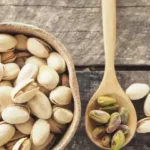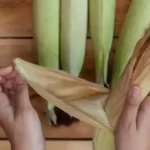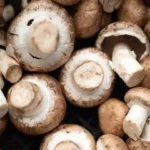If you’re an avid gardener and seafood enthusiast, you might wonder if those leftover crab shells could serve a purpose beyond filling up your kitchen’s waste bin. But can you compost crab shells to boost growth in your backyard garden? Well, suppose you’re looking for ways to reduce kitchen waste and enhance the nutrient profile of your compost and are seeking practical advice on incorporating crab shells into your composting routine. In that case, you’ve come to the right place.
Crab shells are particularly rich in calcium and nutrients such as chitin (carbohydrates) and phosphorus, which help improve soil structure and moisture levels. When preparing your crab shells, start by cleaning and crushing them into smaller pieces to avoid nosey pests from visiting your compost heap and to help aid decomposition.
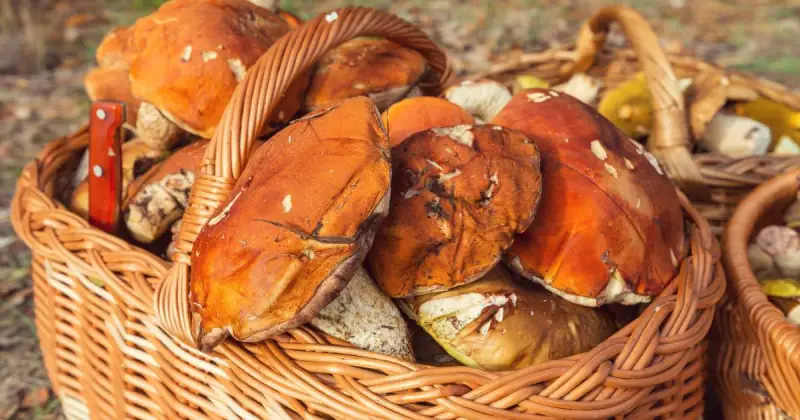
As you read this informative article, I’m excited to share the critical role of the humble crab shell in enhancing the quality and fertility of the compost you create at home. I’ll also provide the benefits that these shells can bring, including improved structure and fertility your plants will love.
The following sections will equip you with the information needed to effectively transform your seafood waste into a valuable asset for your garden. Composting crab shells is safe, but having the proper guidance and following the correct steps ensures your efforts are successful.
Humble Highlights
- Discover these critical benefits of composting crab shells in your backyard garden to enhance the quality of compost you apply to your green space while boosting plant health that produces abundant harvests!
- Save time with this done-for-you 4-step process so you can easily prepare crab shells AND discover why cleaning them goes a long way towards enhancing a healthy compost bin.
- Stop guessing how to maintain your compost heap and unlock the natural way towards exceptional composting success with these 5 surefire ways to keep your pile working so you can feed your garden year-round nutrition!
Crab Shells In Compost: How Can You Compost Crab Shells Safely
To ensure safe crab shell composting, you’ll need to thoroughly clean and bake them before crushing them and applying them to your compost pile. This process sterilizes the crab shells, helps eliminate pathogens, and reduces odors that might attract curious insects and rodents.
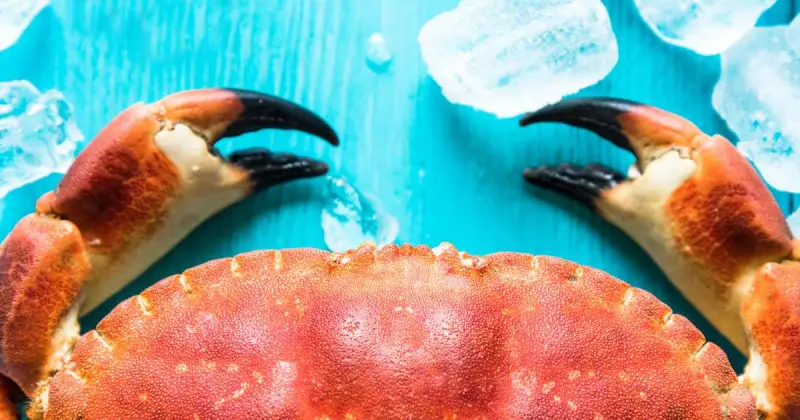
After baking, crush the crab shells into smaller pieces to expedite their integration into the compost. Although some gardeners pulverize their shells into a fine powder, you don’t have to go that far to reap the nutritional benefits. Crab shells decompose over time as a biodegradable organic material, assisted by beneficial bacteria and enzymes naturally present in your compost pile. 1
Chitin (a carbohydrate present in crab shells) enhances microbial activity, while calcium carbonate balances soil pH and deters harmful soil-borne organisms such as insects, fungi, and nematodes. Remember, crab shells should be crushed – not added whole – as this would offer a larger surface area for microbes to work, enhancing the decomposition process.
Benefits Of Composting Crab Shells
Because crab shells are biodegradable, composting them alongside other compostable kitchen scraps contributes to a more sustainable environment. Additionally, crab shells contain several nutrients, such as chitin and minerals like phosphorus and magnesium, which act as an organic fertilizer beneficial to your compost.
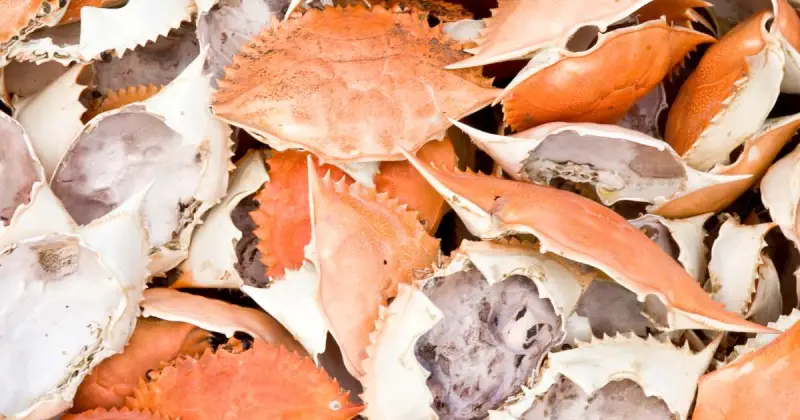
These shells also have calcium content, which helps plants produce strong cell walls that enhance their ability to resist diseases. Moreover, as these shells decompose, they release nutrients like phosphorus and nitrogen that contribute to soil health.
Crab shells are a great addition to your compost pile, as they help decompose organic matter more efficiently. This practice reduces waste and minimizes reliance on chemical fertilizers, promoting a healthier ecosystem within your garden. 2
Decreasing household waste and becoming environmentally friendly is sweet. Reusing crab shells and applying them to your garden after eating them is even sweeter! Check out this short informative video below that takes you step-by-step through this easy process and shows you how to add heaps of nutrition directly to your backyard compost heap!
Are Crab Shells Compostable: Preparing Shells For Your Garden Bed
Before adding crab shells to your compost, make sure they’re thoroughly cleaned to eliminate any salt or organic residue. Salt can raise soil salinity levels, potentially harming plants by disrupting their water uptake and nutrient absorption, impacting their health, and severely reducing yields.
Moreover, cleaning the shells is crucial to prevent attracting pests to your compost bin and ensure the safety and health of your compost heap. 3
Here’s a simple yet detailed four-step process on preparing shells for composting:
| Step | Description | Purpose |
|---|---|---|
| Clean | Rinse crab shells thoroughly | Remove salt and organic residue |
| Bake | Heat in the oven for at least 20 minutes or until brittle. (250°F or 120°C) | Kill bacteria, aid decomposition |
| Crush | Break shells into smaller pieces | Accelerate integration into compost |
| Add | Mix crushed shells into compost | Enrich compost with calcium, chitin |
Tips On Maintaining Your Compost Pile
Regular maintenance of your compost pile ensures that the crab shells you’ve added break down effectively into nutrient-rich compost. When you crush them, their smaller pieces integrate more readily into the layers of the compost, accelerating the decomposition process.
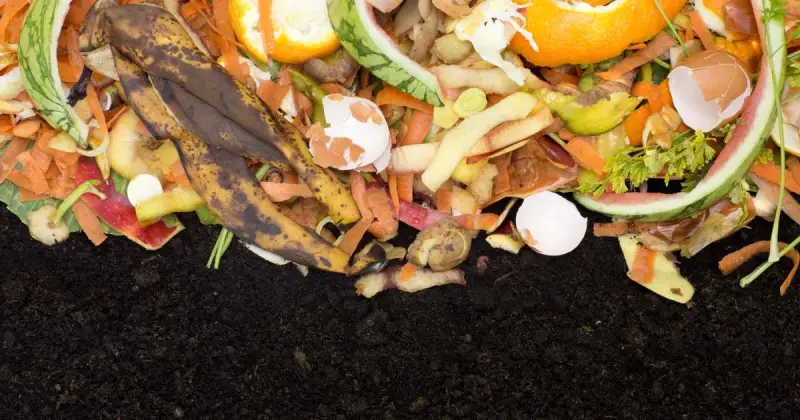
To foster healthy, robust, and fertile compost, follow these tips:
- Check your compost pile daily to spot any trouble areas, including stagnant water that needs to be drained. Composting is like an art form, and you want to ensure conditions are proper within your pile to encourage beneficial bacteria and enzymes such as those in the genera Bacillus. 4
- Your pile should have a moisture level similar to a sponge that has been squeezed out and is slightly damp. To perform a simple test, squeeze a clump of compost in your hand to determine its consistency. If saturated, reduce water flow to your heap.
- Assess your pile’s temperature to ensure microbial activity is optimal for decomposition. Depending on the method of composting you choose, temperatures may vary wildly. For hot composting, a popular option for many growers, the internal temperature should be between 120 and 160 degrees Fahrenheit for effective decomposition.
- Aim for a nitrogen-to-carbon ratio of about 3:1. For every bucket of nitrogen (greens), you should add three buckets of carbon (browns). This balance must be adhered to if you desire a well-functioning compost pile. Be sure to layer your greens and browns, like a lasagna, to incorporate ingredients. 5
- Mix the contents to distribute air and moisture by grabbing a garden fork and turning your pile once weekly. Mixing facilitates the breakdown of your compost ingredients, including crab shells, particularly if you plan for them to decompose over the winter season.
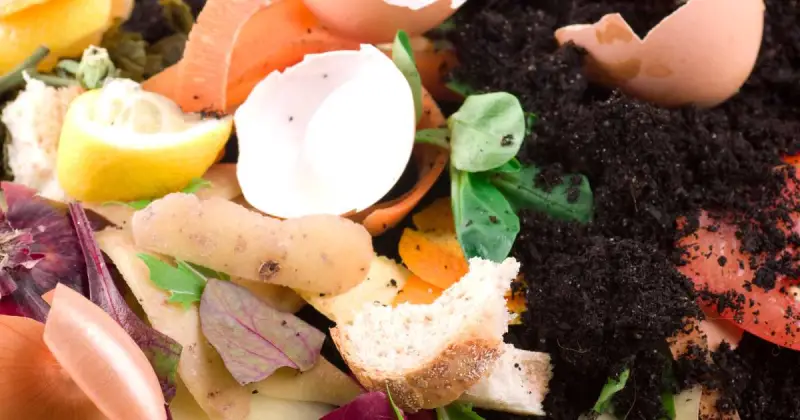
Plants That Thrive On Crushed Shell Compost
You’ll find that certain plants, particularly those that demand high levels of calcium, thrive when you enrich their soil with compost that includes crab shells. Tomatoes, peppers, broccoli, and cabbage benefit from calcium-rich soil.
Crab shells naturally possess high levels of calcium to produce robust cell membranes (walls), which plants like tomatoes and peppers are prone to calcium deficiencies.
As you mix the compost with your soil, the slow release of nutrients ensures a sustained benefit to your plants, fostering robust growth and resilience against environmental stressors.
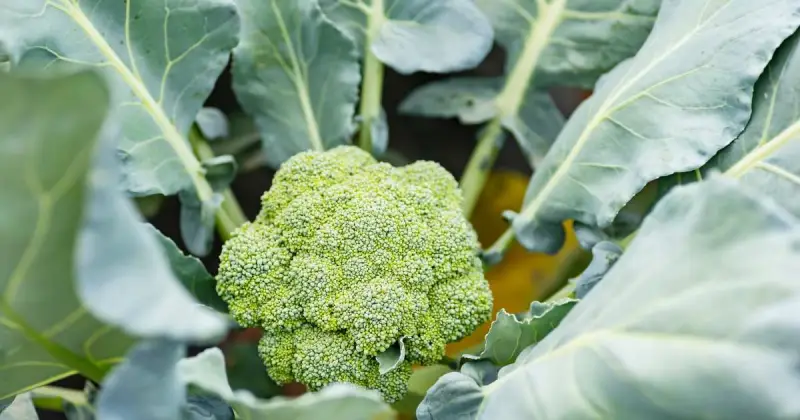
Conclusion
Just like lobster and shrimp shells, adding the shells of your crabs to your compost can be incredibly beneficial for the health of your garden soil. They supply a valuable source of calcium, which is crucial for the growth of vigorous, healthy plants.
To compost them effectively, remember to crush the shells into smaller pieces and maintain a good balance of your compost pile. In addition, make sure to pair crab shells with carbon-rich materials such as dried leaves, cardboard, or wood chips.
With care and regular attention to your organic mix, you’ll nurture your garden with rich nutrients to help your plants flourish. Don’t let your crab shells go to waste. Instead, reduce household waste and put them to good use in your garden.
Do you compost crab shells or any other delectable crustacean? We’d love to hear about your process and success! Drop us a line below in the comments, and let us know your method for reusing shells in your compost.
SOURCES
- MDPI – Microbial Consortium Associated With Crustacean Shells Composting
- Living On Earth – Compost From Shells
- Oregon State University – Composting Seafood By-Products – Maine Sea Grant
- Iowa State University, Extension And Outreach – Yard And Garden: Constructing And Managing Compost Piles
- University Of New Haampshire – Composting For The Home Gardener [Fact Sheet]
- Journal Of Emerging Technologies And Innovative Reserach – A Study On The Effect Of Soil Amendment With Crab Shell Powder On The Growth And Nutritional Status Of Raphanus sativus



